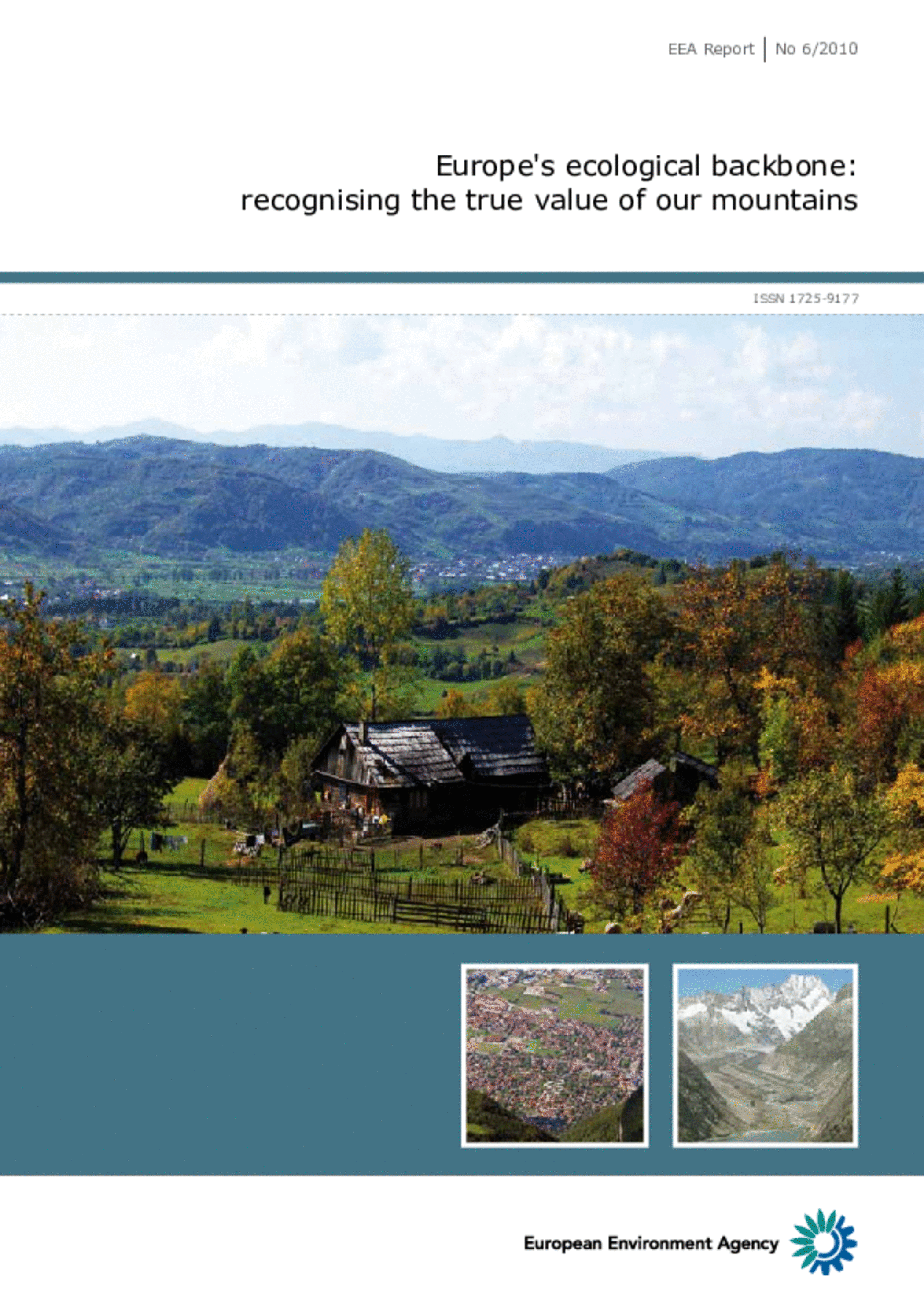All official European Union website addresses are in the europa.eu domain.
See all EU institutions and bodiesEEA Report 6/2010
Europe's mountain areas have social, economic and environmental capital of significance for the entire continent. This importance has been recognised since the late 19th century through national legislation; since the 1970s through regional structures for cooperation; and since the 1990s through regional legal instruments for the Alps and Carpathians. The European Union (EU) first recognised the specific characteristics of mountain areas in 1975 through the designation of Less Favoured Areas (LFAs). During the last decade, EU cohesion policy and the Treaty of Lisbon have both focused specifically on mountains.
EN PDF: TH-AL-10-006-EN-C - ISBN: 978-92-9213-108-1

